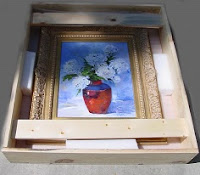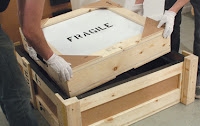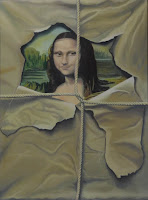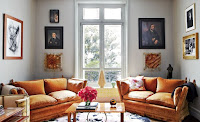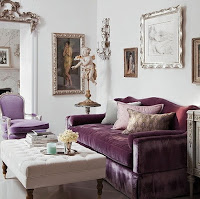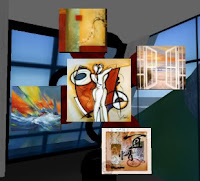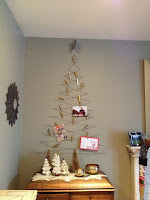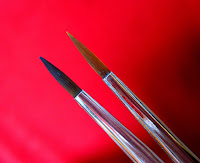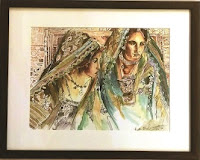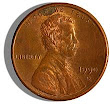 Right Price and Place for Arty Creations
Right Price and Place for Arty Creations 
Making your art is different from pricing art
It's something you do with your art after it's made, when it's ready to leave your studio and get sold either by you personally or through an exhibition, at an art & craft fair, online (e.g. #Artzyme.com), at open stores, through an agent or representative, wherever. Making art creations is about the individual personal creative process, experiences that come from within; pricing art creations for sale is about what's happening on the outside, in the real world where things are bought and sold for money, and where market forces dictate in large part how much those things are worth.
Art prices are not pulled out of thin air. When you price your art creation, you must be able to show that your prices make sense, that they're fair and justified with respect to certain art criteria such as the depth of your resume, your previous sales history and the particulars of the market where you sell. People who know something about art and who are interested in either buying, selling or representing your work are going to figure out one way or another, not necessarily by asking you, whether your creation is worth what you're selling it for. In order to sell, you have to demonstrate and convince them that your prices are fair and reasonable. If you can't do this, you'll have a hard time selling art.
For those of you who have little or no sales experience, who haven't sold much art, a good starting point for you is to price your work based on time, labor, and cost of materials. Pay yourself a reasonable hourly wage; add the cost of materials and make that your asking price.
The basic pricing fundamentals:
Define your market. Where do you sell your creation? Do you sell locally, regionally, nationally or internationally? The art, artists and prices in your market are the ones you should pay the most attention to.
Define your type of art. What kind of art do you make? What are its physical characteristics? In what ways is it similar to other creations? How do you categorize it? If you paint landscape, for example, what kind of landscape, how would you describe them? This is the type of art that you want to generally focus on for comparison purposes.
Determine which artists make art similar to yours either by researching online or visiting exhibitions, open studios or other venues and seeing their work in person. Pay particular attention to those artists who also have career accomplishments similar to yours, who've been making art about as long as you have, showing about as long as you have, selling about as long as you have and so on.
See how much these similar artists charge for their art. Their prices will be good initial estimates of the prices you should charge for your art creations.
No matter where you sell your creation, make sure it's priced and that people can see the prices. ALWAYS price your creation. Don't make them ask. Don't make them email. Don't make them call. Not pricing your creation and making people ask is a game. Here's how it's played... "You tell me which one you like the most. Then I try to figure out how much you like it and how badly you want it. Then I look at your shoes or your email address or your online profile or your area code, and try to figure out how much you can afford. Then I price it as high as I think I possibly can." This turns people off; they know what you're doing; they don't like to be played and they don't want to be saps.
Pricing your creation also protects you from having to field unanticipated questions, especially if you're not comfortable talking about money. Suppose, for example, someone asks a price and you're not sure what to charge, so you start fumbling around. "Oh... that one," you say. "You like that one? Hmmm… Let me see, I haven't thought about selling that one before... I really like it though; it's one of my favorites. I would have thought you'd like this one." And on and on you go, looking bumbling and unprepared as the asker makes a beeline for the door. Also, people don't like to ask prices and then find out they can't afford the art. This is embarrassing. Let people see your prices first, think them over, decide whether they like your Rs.100000 sculpture Rs.100000 worth, decide whether they can afford it, and when they're ready, then they'll ask questions.
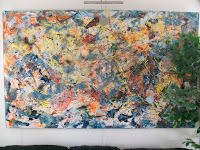
Raise the prices of the in-demand art above those of your other art, and price earlier examples that are still in your possession higher as well, possibly even higher than those you're currently making. For example, if collectors come to prize your modern art much more than your landscapes, raise prices on all past, present and future modern art, with prices for your earlier most formative or significant works (those in the styles that are receiving the most attention) being raised the most.
Offer art in all price ranges. People who like your work but can't afford the expensive stuff should at least have a chance to come away with something. No matter what their budgets, they're still among your biggest fans, your potential future collector base, and the people who have the highest likelihood of standing by you throughout your career.
Getting your art out into the public whenever and wherever you have the opportunity is the best way to maximize your exposure, create goodwill and become known and established in the arts community. The more people who see your art and the more circumstances they see it in, the greater the chances good things will happen in your art career. That includes getting shows, being Online, arts publications, getting representation and last but certainly not least, making sales.
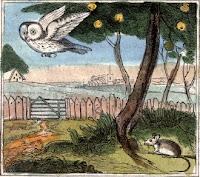
Online sales of al creations' including paintings, crafts and artifacts is increasing. And with the Smartphone sales increasing significantly high, do not ignore the online option for sales. It not only will improve your Brand recall with customers, but give you better exposure globally too. Make your creation available in as many possible places as you can. Look at the sales of other categories, where we never thought online had any market, but, looking at current trend the offline sales are threatened and have lost sizeable marketshare to online players.
Place your creations with Category focused Online marketplace portal.
We help selling your prized creation, visit Artzyme.com. We enable artisans from urban and rural areas to showcase their creative talents to Art connoisseurs and customers.
- Himjal

